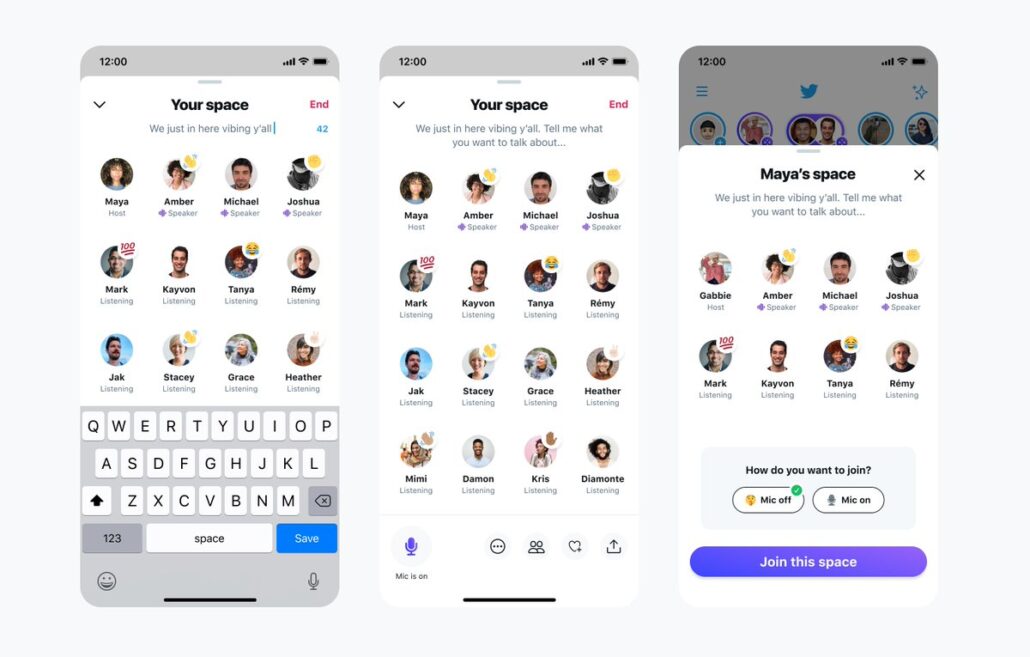 CBC has introduced CBC Lite, a low-bandwidth product offering text-based content in a low-data usage format. While still in its early stages, CBC Lite offers trending and standard CBC stories as text with embedded links to discover additional content. Enabling pages to be downloaded on dial-up in seconds rather than minutes, CBC says the product aims to start bridging the gap towards a better CBC experience for everyone. The platform is built around a method called server-side rendering. With modern websites often expecting faster internet connections and computer processors, the work required to render a web page is often left to the user’s computer, resulting in longer load times, more data transfer and performance issues for older devices or slower connections. Server-side rendering allows CBC remote servers to do the heavy lifting, rather than the user’s computer, and then sends the user’s browser a few lightweight, easy to process files.
CBC has introduced CBC Lite, a low-bandwidth product offering text-based content in a low-data usage format. While still in its early stages, CBC Lite offers trending and standard CBC stories as text with embedded links to discover additional content. Enabling pages to be downloaded on dial-up in seconds rather than minutes, CBC says the product aims to start bridging the gap towards a better CBC experience for everyone. The platform is built around a method called server-side rendering. With modern websites often expecting faster internet connections and computer processors, the work required to render a web page is often left to the user’s computer, resulting in longer load times, more data transfer and performance issues for older devices or slower connections. Server-side rendering allows CBC remote servers to do the heavy lifting, rather than the user’s computer, and then sends the user’s browser a few lightweight, easy to process files.
The Breach is a soon-to-be launched ad-free, paywall-free journalism platform promising in-depth investigative coverage not found in establishment media. Among those who have signed on as contributors are Avi Lewis, who’ll host a video series for The Breach, in addition to Linda McQuaig, Martin Lukacs, Pam Palmater, Russ Diabo, El Jones, Bianca Mugyenyi and Azeezah Kanji. It pledges to tackle issues from scrutinizing the oil and corporate lobby to police and the military, structural racism, colonial land theft, and big tech. Since launching its crowd-funding appeal on March 10, The Breach has already raised 85% of its $100,000 fundraising goal.

Twitter plans to roll out its Twitter Spaces live audio feature to all users in April. A competitor to iOS and invitation-only chatroom platform, Clubhouse, right now only select Twitter users are able to host Spaces chats, while anyone can join an existing Spaces room.
 Media Technology Monitor (MTM) is set to launch new product, MTM Newcomers which will focus on the media consumption habits of those who have come to Canada within the past five years. Highlights from the report include that new Canadians skew younger than the rest of the population, which is reflected in their ownership and use of media technology. 99% of those who report arriving in the past decade say they have a smartphone with 57% owning an iPhone, compared to 49% of those born in Canada. More than half of newcomers are opting to watch “TV My Way” and are embracing Subscription Video On Demand (SVOD) services like Netflix or Amazon Prime Video. Recent arrivals are also big fans of YouTube, both for video and music content, with 95% of those who have arrived within 10 years saying they watch videos on YouTube, while 93% stream music via the site – compared with three-quarters of the rest of Canadians who watch YouTube and less than two-thirds who use the platform to stream music.
Media Technology Monitor (MTM) is set to launch new product, MTM Newcomers which will focus on the media consumption habits of those who have come to Canada within the past five years. Highlights from the report include that new Canadians skew younger than the rest of the population, which is reflected in their ownership and use of media technology. 99% of those who report arriving in the past decade say they have a smartphone with 57% owning an iPhone, compared to 49% of those born in Canada. More than half of newcomers are opting to watch “TV My Way” and are embracing Subscription Video On Demand (SVOD) services like Netflix or Amazon Prime Video. Recent arrivals are also big fans of YouTube, both for video and music content, with 95% of those who have arrived within 10 years saying they watch videos on YouTube, while 93% stream music via the site – compared with three-quarters of the rest of Canadians who watch YouTube and less than two-thirds who use the platform to stream music.



